Ivy Houseplants - Information On Caring For Ivy Plants
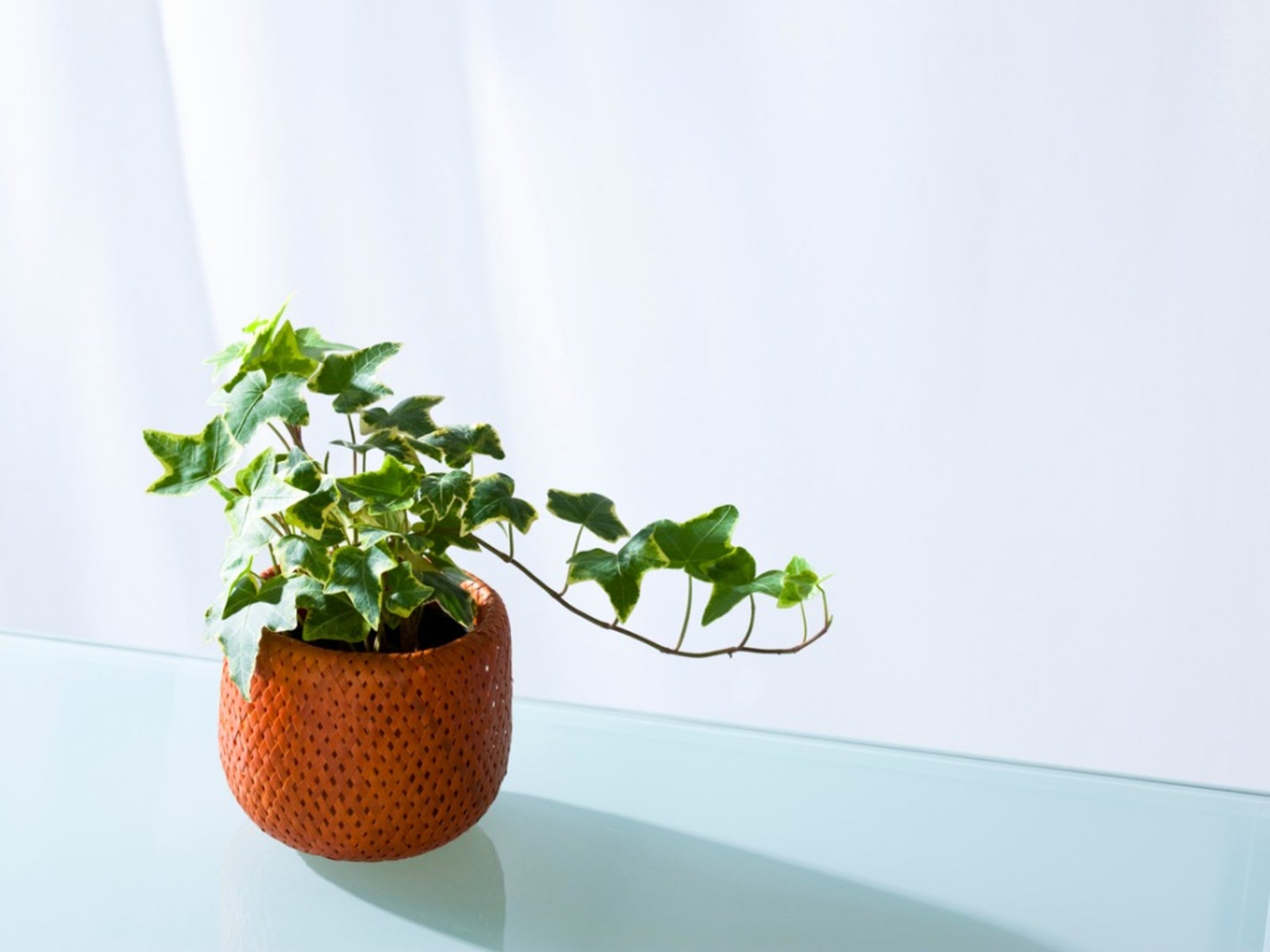

Mary Ellen Ellis
Quick Ivy Facts:
- Botanical name - Hedera helix
- Height - 20 to 80 feet (6 to 24 m)
- Spread - 3 to 50 feet (1 to 15 m)
- Sun exposure - Partial to full shade
- Soil requirements - Rich, loam, but tolerant
- Hardiness zones - 4 to 9
- When to plant - Anytime indoors
About English Ivy
Ivy can be a problem outside, but growing ivy indoors is a way to enjoy this pretty vine without causing harm to the local ecosystem. Ivy plant care is straightforward, making it an easy houseplant.
Considered invasive in many states, English ivy can be damaging to native plants and the buildings it climbs. Also known as common ivy, English ivy was introduced to North America in the 1800s. Native to Europe and Asia, common ivy was cultivated and quickly took over many areas with its aggressive growth.
How to Care for English Ivy
As a garden plant, ivy is both a climbing vine and sprawling groundcover in shady areas. Ivy is a woody evergreen vine that can climb very high, sending out aerial roots to grasp structures. It can quickly cover a fence, wall, or tree. Since it is so prolific, consider growing it in a container indoors.
Water & Light Requirements
Ivies prefer moderate humidity but are highly tolerant of dry indoor air. Use a pebble tray under the plant to provide it with a little extra moisture. Water potted plants thoroughly and deeply. Let the top half-inch of soil dry before watering again. Do not overwater or allow an ivy to stand in soggy soil. The soil and container should drain well. Potted ivies prefer to be kept slightly on the dry side.
Growing inside, an ivy houseplant is best placed in bright but indirect light. It can also benefit from some more direct morning sun. If you have a variegated ivy cultivar, the variegation will become less pronounced if the plant gets no direct light. Without enough light, inside ivy plants can become leggy and more prone to pests.
Soil & Fertilizer
Ivy tolerates a range of soil conditions but prefers rich, loamy soil. A high-quality indoor container mix is adequate for an ivy houseplant.
Provide a water soluble, nitrogen-rich fertilizer designed for foliage plants. Feed your ivy houseplant once a month during the growing season in spring, summer, and fall. Avoid fertilizing during the hottest part of the summer, and do not fertilize in the winter. Winter is the ivy’s dormant period and fertilizer may do more harm than good at this time.
Gardening tips, videos, info and more delivered right to your inbox!
Sign up for the Gardening Know How newsletter today and receive a free copy of our e-book "How to Grow Delicious Tomatoes".
Pruning
English ivy is a huge, sprawling vine or groundcover when left to grow unchecked outdoors. As a houseplant, it will naturally grow smaller, but you can also trim it to maintain a size or even train it to create a shape. To trim for size, cut off stems just above a leaf at any time.
To create a shape with ivy, use a wire frame stuffed with sphagnum moss, which you can find at garden centers. Pin the vines of the ivy to the moss as it grows.
Repotting an Ivy Houseplant
It’s time to repot an ivy when it becomes rootbound, dries out too quickly, or is top-heavy in its existing container. Choose a new pot that is just one inch (2.5 cm) wider than the original container. Larger containers tend to create wetter soil, which can lead to root rot.
Propagation
It's fairly easy to propagate ivy by cuttings. Take cuttings of stems a few inches (7.6 cm) long. Remove the lower leaves and place in water to allow it to develop roots. You can use a rooting hormone for faster results. You can also root cuttings in a good potting mix as long as you keep it very moist.
Problems, Pests & Diseases
The primary issue with growing an ivy indoors is root rot. Avoid this by not overwatering and ensuring the pot and soil drain very well. You could see mealybugs, mites, aphids, scales, or whiteflies indoors on ivies.
Ivy houseplants benefit from periodic washing to remove dust and pests from their leaves. To wash your ivy plant, simply place the plant in the shower and allow the water to run over the plant for a few minutes. If you find the plant has a serious pest infestation, you may need to bring the spray a bit closer to the plant.
For persistent pests, use a neem oil solution or a horticultural soap spray.
Ivy Cultivars
English ivy cultivars are the most common type of ivy grown in the home, but all of them can be found if you look hard enough. Each of the varieties of ivy plants also come in several different cultivars. This means that there is a dizzying array of ivies that you can choose for your home, depending on your preference for color (all shades of green or variegated with white, yellow, gray, black, and cream), leaf shape, and growth habits.
Look for these ivy houseplant cultivars:
- English ivy (Hedera helix)
- Irish ivy (Hedera hibernica)
- Japanese ivy (Hedera rhombea)
- Algerian ivy (Hedera canariensis)
- Persian ivy (Hedera colchica)
- Nepal ivy (Hedera nepalensis)
- Russian ivy (Hedera pastuchovii)
There are hundreds of varieties to use as interesting houseplants:
- Buttercup has pale green leaves when grown in shade. In sunlight, they develop into bright yellow.
- Calico has white variegation in the centers of leaves.
- Congesta is an interesting variety with much bushier growth than other types.
- Curly Locks has curly leaves and rippling lobes.
- Irish Lace has deeply lobed leaves that give them a lacy appearance.
Ivy plant care indoors is much easier than outside in the garden, where vines can grow uncontrollably. Enjoy this potentially invasive vine from the safety of the home as a pretty container plant.

Heather Rhoades founded Gardening Know How in 2007. She holds degrees from Cleveland State University and Northern Kentucky University. She is an avid gardener with a passion for community, and is a recipient of the Master Gardeners of Ohio Lifetime Achievement Award.
- Mary Ellen EllisWriter
-
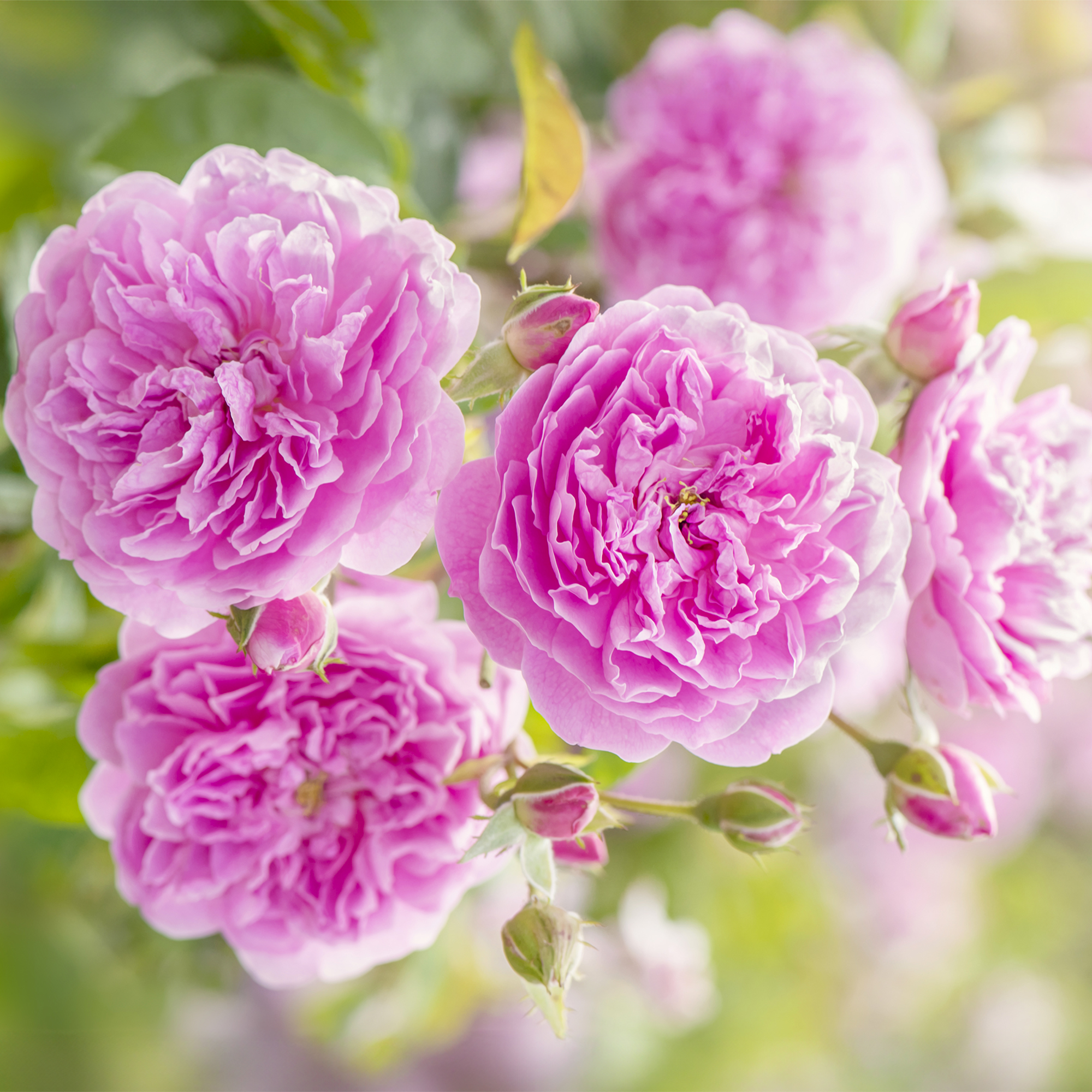 How Much Sun Do Roses Need To Grow? Understanding Rose Light Requirements
How Much Sun Do Roses Need To Grow? Understanding Rose Light RequirementsDiscover how much sunlight your roses really need to grow strong, bloom beautifully, and stay healthy all season long.
-
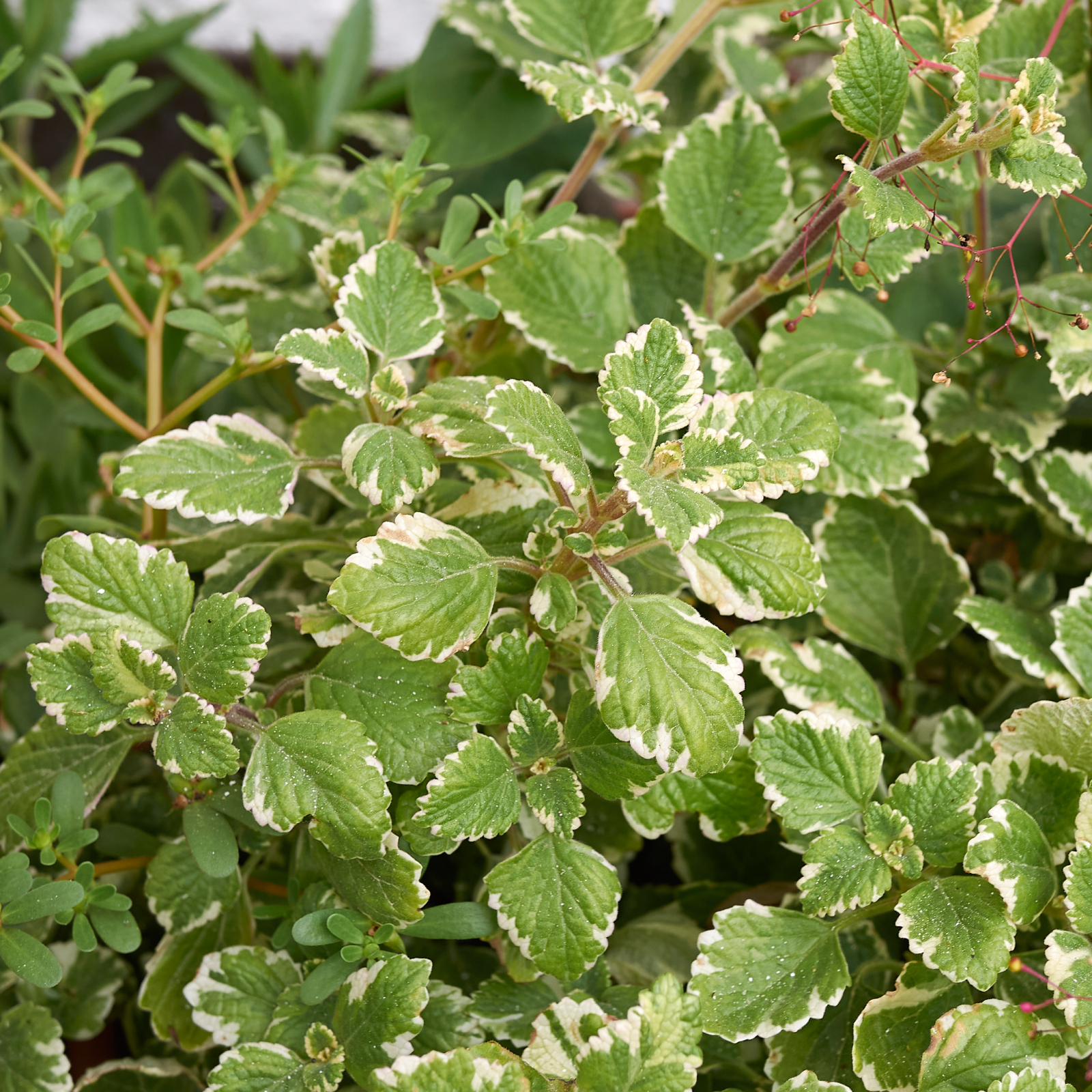 Which Ivy Is Best For A Garden? 7 Varieties Of Ivy To Grow (And 2 To Avoid)
Which Ivy Is Best For A Garden? 7 Varieties Of Ivy To Grow (And 2 To Avoid)Lots of varieties of ivy can complement your garden, provide groundcover, or create a private oasis, but which is best? Explore our top picks for beautiful ivy.
-
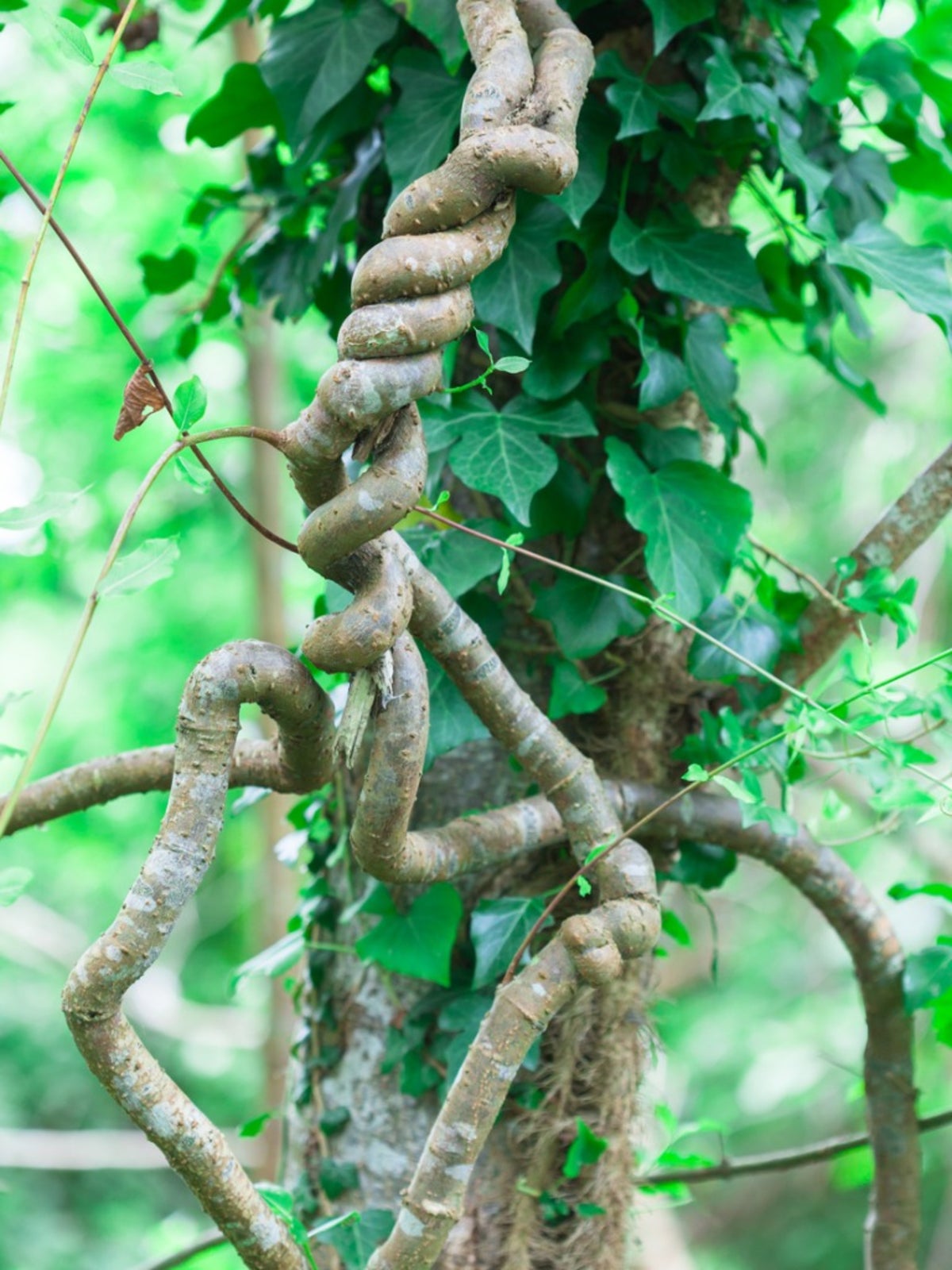 What Is Persian Ivy – How To Grow A Persian Ivy Plant
What Is Persian Ivy – How To Grow A Persian Ivy PlantHedera colchica, also called Persian ivy, is a shade garden staple with good erosion control properties. Read on for more.
-
 Ivy Turning Yellow: Reasons For Yellowing Leaves On Ivy Plants
Ivy Turning Yellow: Reasons For Yellowing Leaves On Ivy PlantsEven the hardiest of ivies may succumb to the occasional problem and develop yellow leaves. Ivy plant leaves turning yellow are rarely serious, though you should make some changes. Read here for help.
-
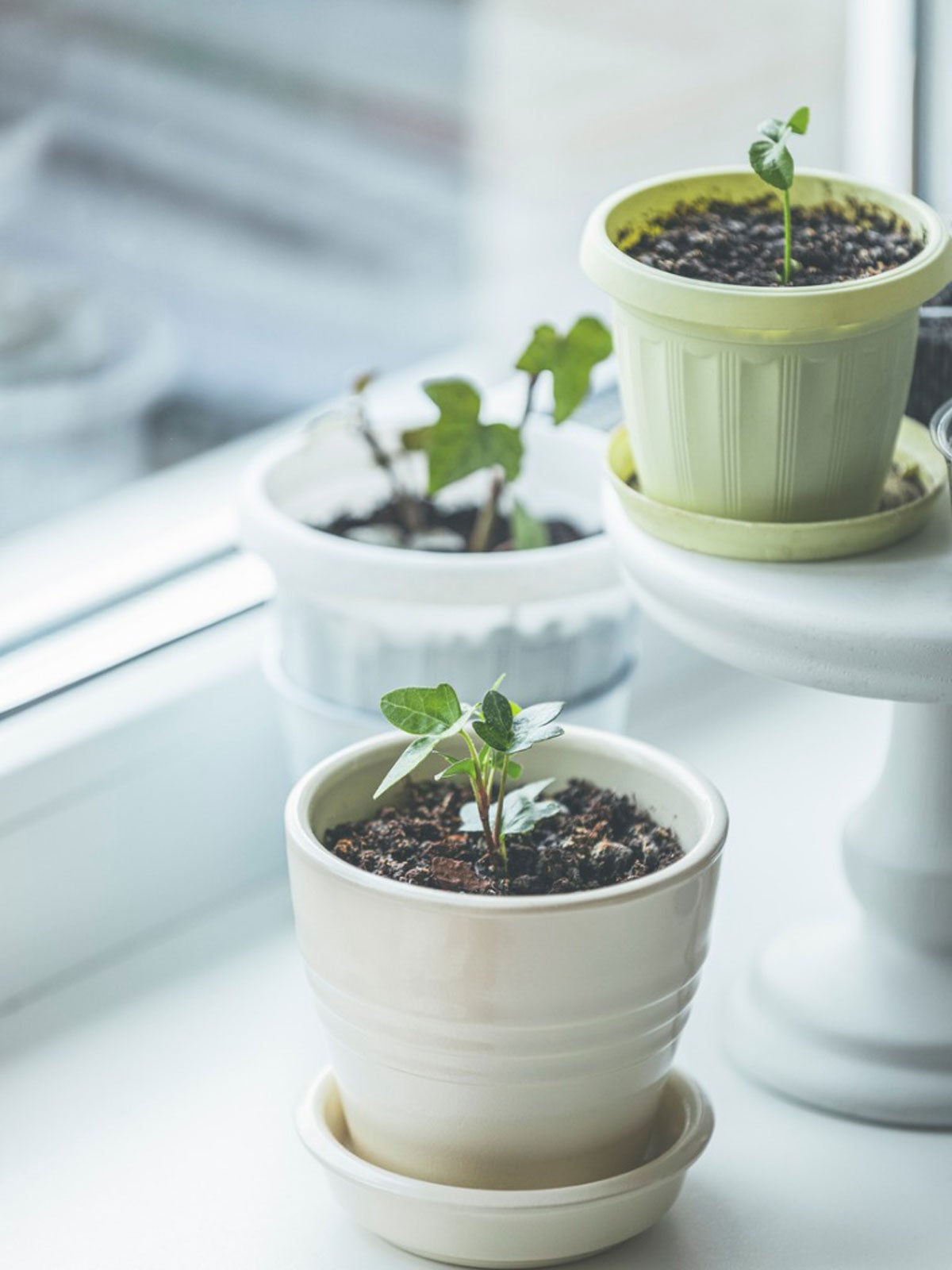 How To Propagate Ivy – Best Methods For Success
How To Propagate Ivy – Best Methods For SuccessLearn how to propagate ivy and pot up a lovely houseplant. Learning how to propagate English ivy is super-easy, since it forms roots so quickly.
-
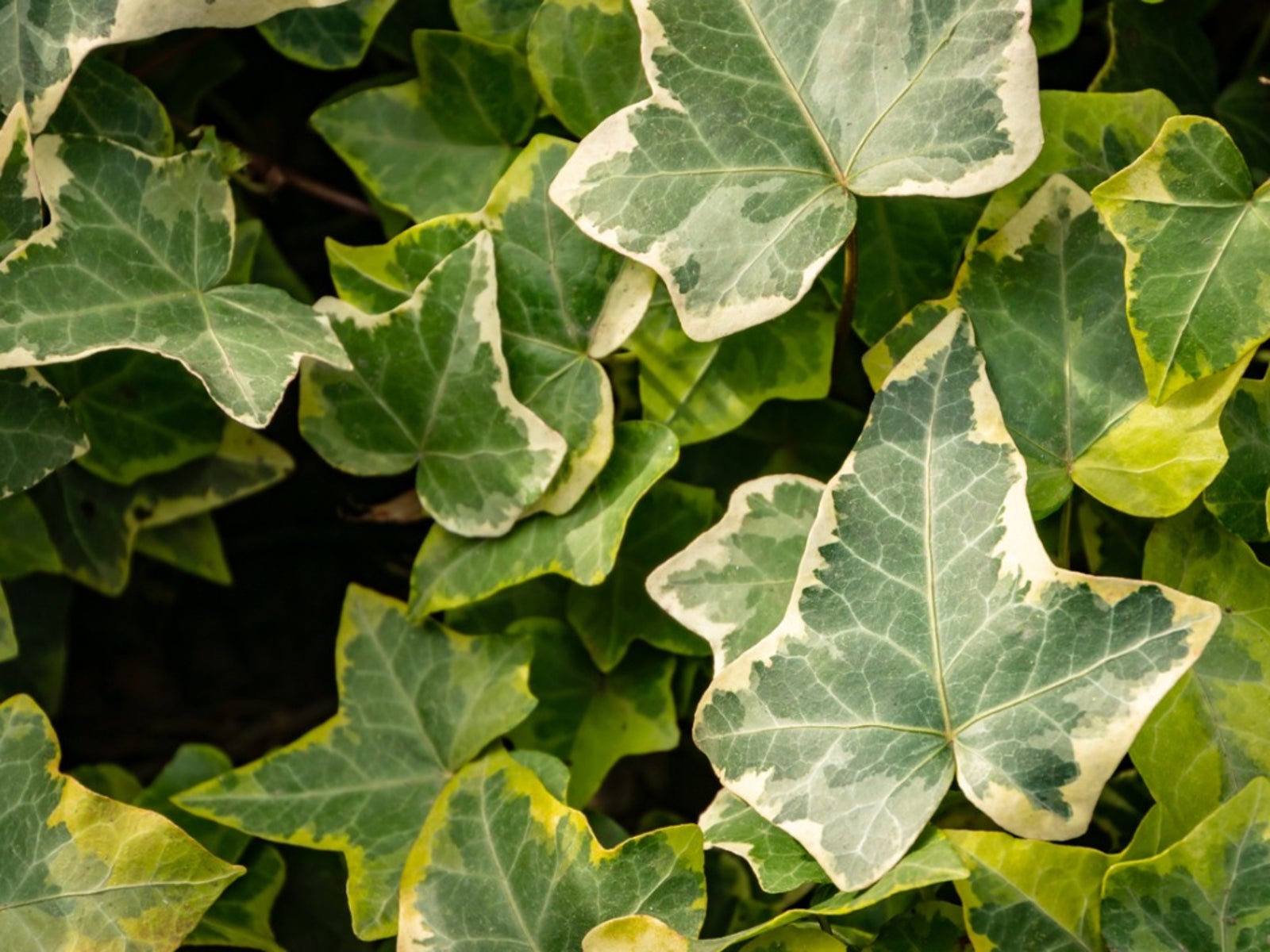 Information On Care Of A Variegated Ivy Plant
Information On Care Of A Variegated Ivy PlantWhen it comes to indoor plants, a variegated ivy plant can add some sparkle and jazz to an otherwise boring room. But the care of a variegated ivy differs somewhat from the care of other kinds of ivy. Read more here.